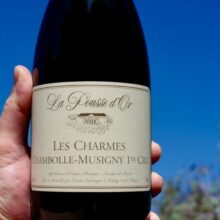
Product information
Domaine de la Pousse d’Or Chambolle-Musigny 1er Cru ‘Les Charmes’ 2022
Pinot Noir from France, Côte-de-Nuits, Chambolle-Musigny, Burgundy
$515
Description
A more deeply pitched nose combines notes of poached plum and exotic tea with those of violet, lilac and a suggestion of wood. The richer and more voluminous flavors possess more evident power if not the same refinement on the more structured finale. This is also nicely balanced but in contrast to the Groseilles, it’s not likely to drink especially well before 8 to 10 years have passed. (from a .19 ha parcel) 2031+ ♥ Outstanding
Allen Meadows, Burghound (91-93) Points
Only 2 left in stock
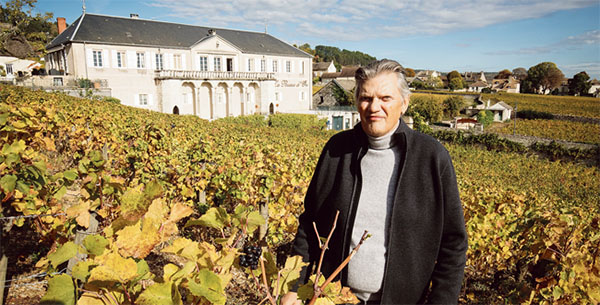
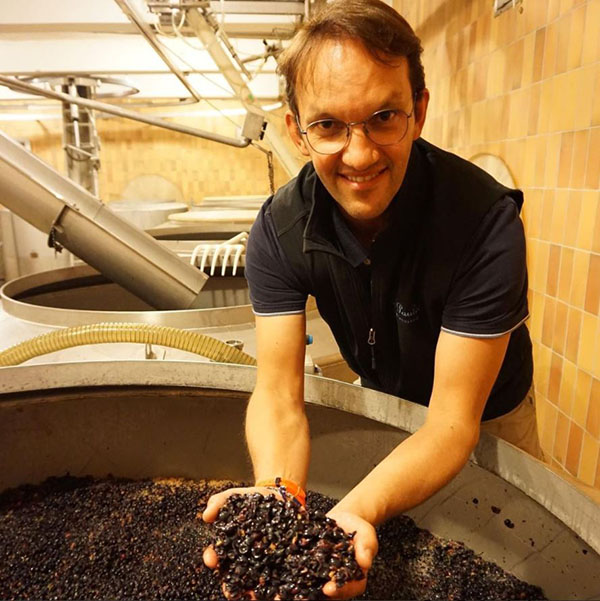
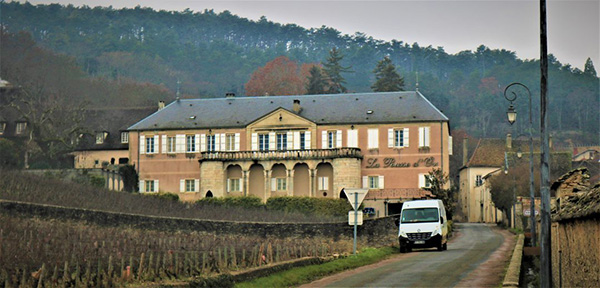
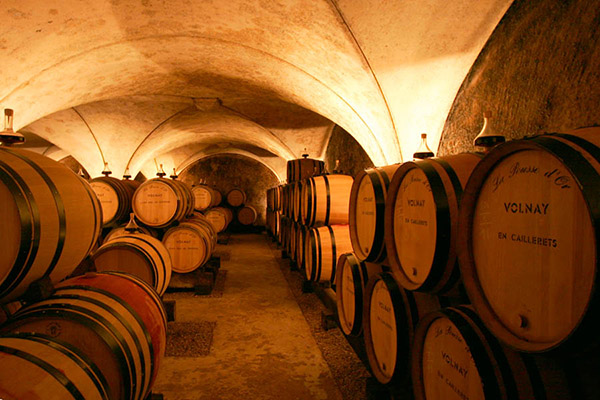
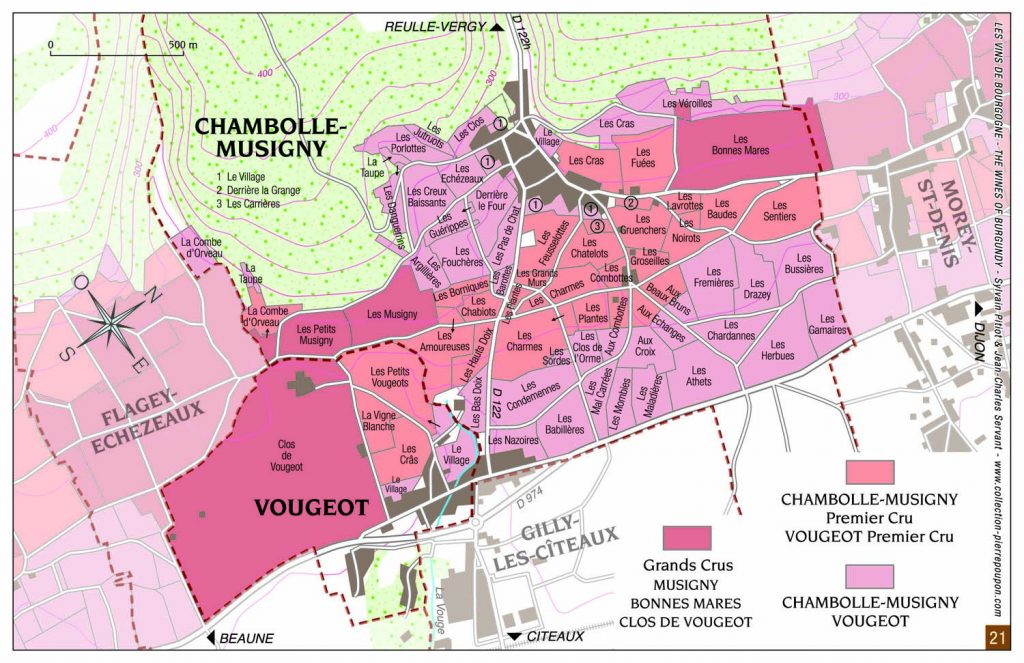
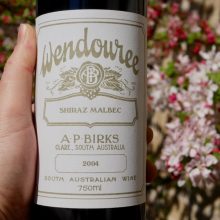
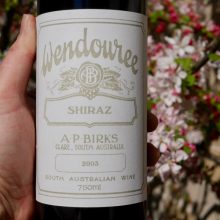
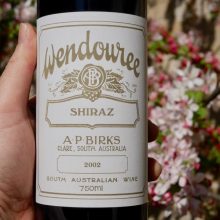
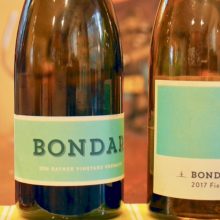
You must be logged in to post a comment.